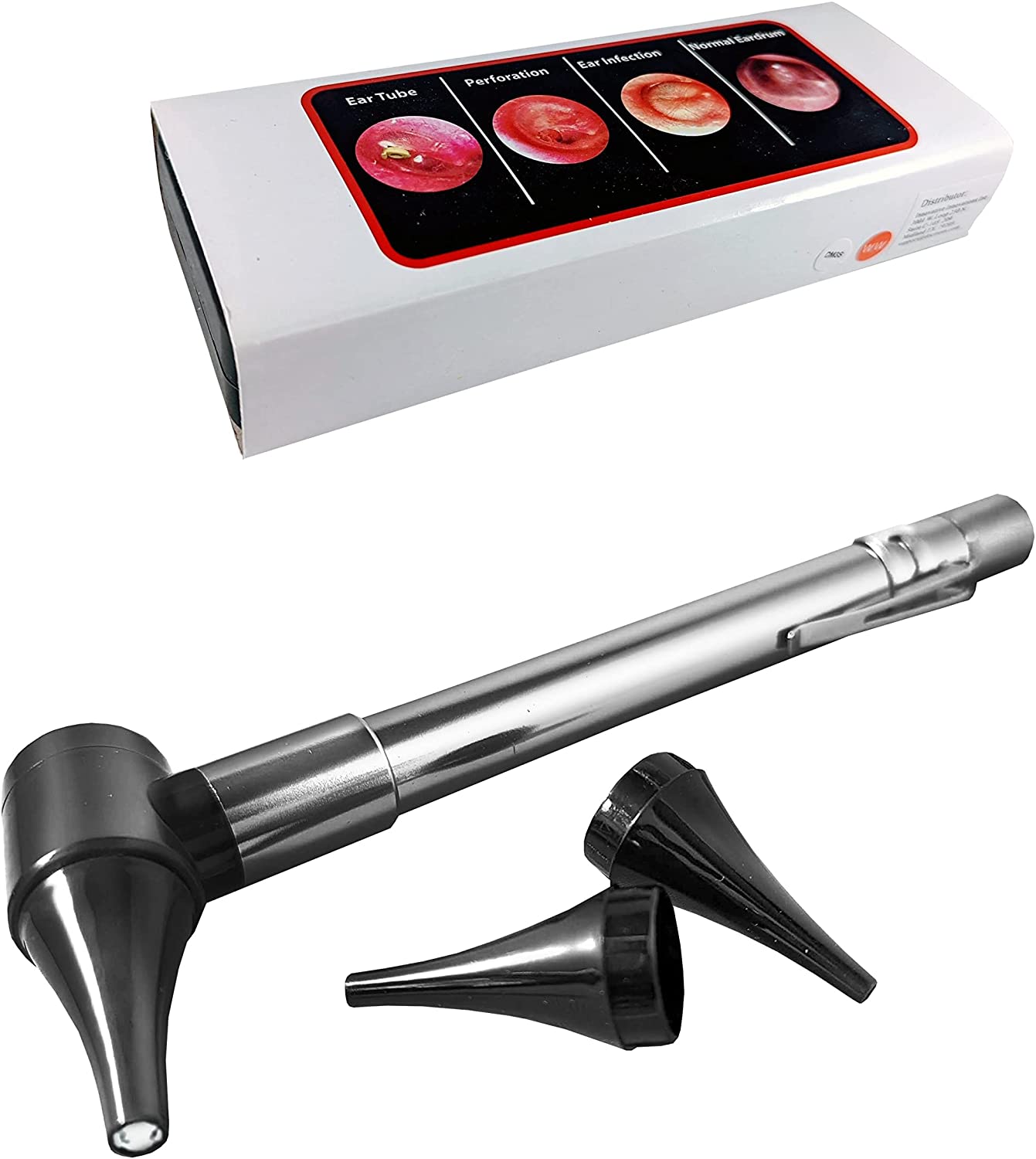

Both your primary care physician and your hearing healthcare professional (Audiologist) are checking to make sure that they can see your tympanic membrane (eardrum) and that it looks normal and healthy.
When a physician looks in your ear they want to see a pearly white or pinkish tympanic membrane that is slightly see-through so that some of the middle ear bones are visible through it. Another important structure they should see is the cone of light near the bottom of the tympanic membrane. Because the tympanic membrane is slightly concave, when the light from the otoscope shines onto the eardrum there should be a small reflection visible. This reflection is important as it confirms that the eardrum is taught like it is supposed to be.
Ear wax is very common in most people and although it usually does not pose any issues, sometimes it can become impacted against the eardrum which might cause a slight hearing loss. Other times it may not cause hearing loss but there can be so much that a good view of the eardrum is not possible. Healthy earwax will look yellow or light brown and should be slightly wet and gooey. Sometimes it can be drier, flakier, and appear to be more of an off-white color. Both are normal and should really only be removed if it is necessary to be able to see the eardrum, otherwise, the wax will work itself out on its own. If the wax is very dark and hardened this is a sign that it is impacted and may be causing some hearing loss or even pain to the patient. In this case, it should be removed with a water wash and might even need oil, so that the warm water can soften and loosen it up so that it can be removed by a professional or eventually fall out on its own.
As many parents know, small things can end up in many unwanted places such as a shoe, a dog bowl, or even a child’s ear. Being able to look in the ear and make sure there’s nothing in there that shouldn’t be can save you a trip to the doctor or show you the need to get to an urgent care asap!
It is also typical of kids to complain of ear pain, they have shorter, more horizontal eustachian tubes than adults which can cause ear issues and infections to be more common. Otitis media, or a middle ear infection, are especially common in children. If this is an issue that your child often has, it might be helpful to have an otoscope so you can confirm whether or not it is an infection before spending time and money on going to the doctor.
It is not a difficult thing to learn, it’s just important to know how to do it safely and effectively. Once you know how to use an otoscope you need to know what you are looking for when you use it. If you are trying to check whether or not your child is dealing with an ear infection you want to be on the lookout for a red, irritated, bulging eardrum. Sometimes you will also be able to see fluid behind the eardrum which would be causing the bulge. These are clear signs that there is an infection and it is time to go to the doctor to get some antibiotics prescribed! And if there is fluid all time the, you can even talk to the Ear Nose, and Throat doctor about PE Tubes.
Besides ear infection, wax buildup, and foreign objects in the ear, an otoscopy can also show cholesteatoma, perforations (holes), tympanosclerosis, and myringosclerosis. If your physician or hearing healthcare professional sees something amiss during an otoscopic exam they will refer you to an ENT (Ear, Nose, and Throat) doctor or another specialist like an audiologist to further check out what might be going on and also get a diagnosis or a recommendation to see an ENT doctor. If you are a parent and see something unusual with your child’s ear you can always check in with us and see if we can help. If we can’t we will recommend you see your primary care doctor or even an ENT doctor.
Powered By SinglerDesign.com